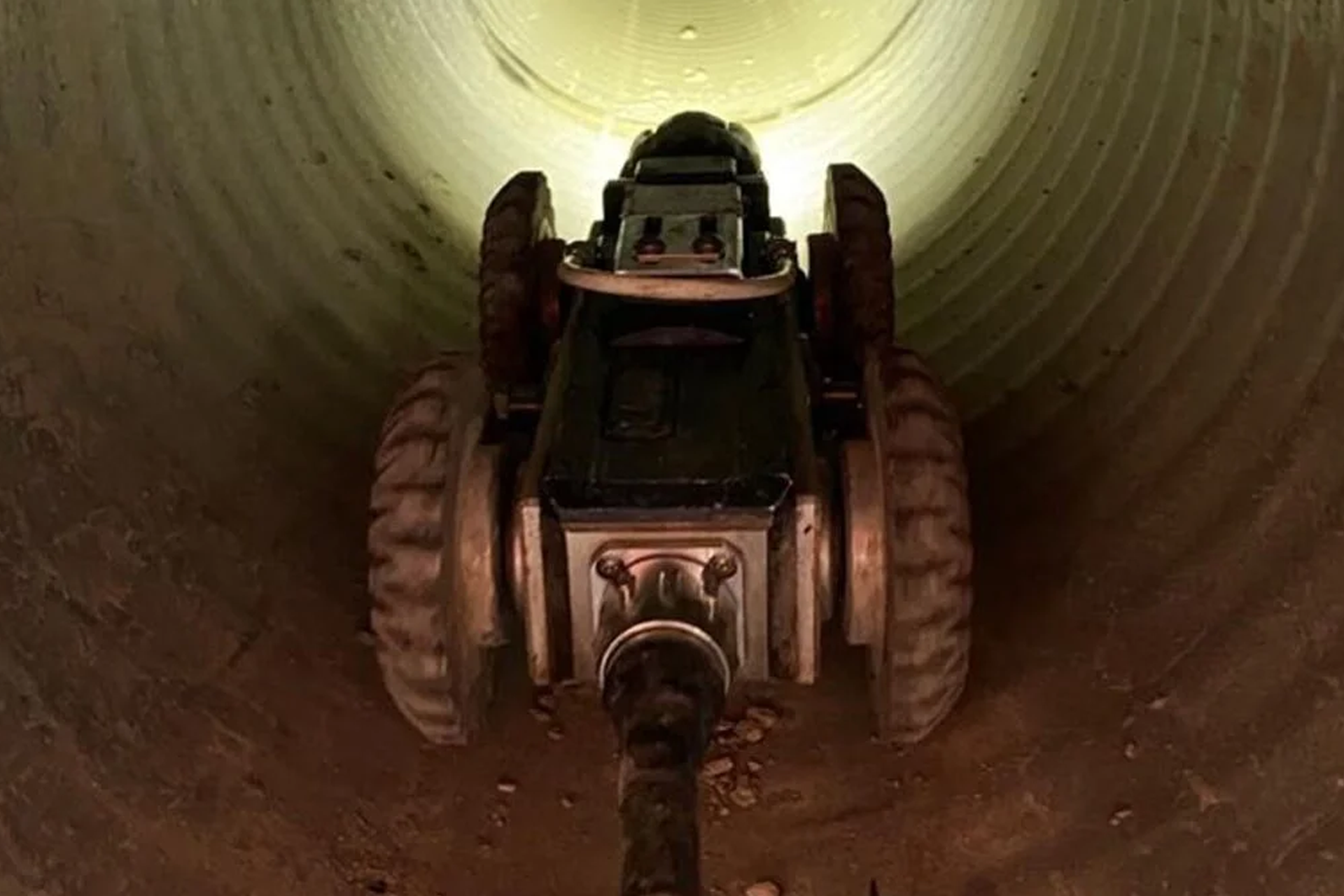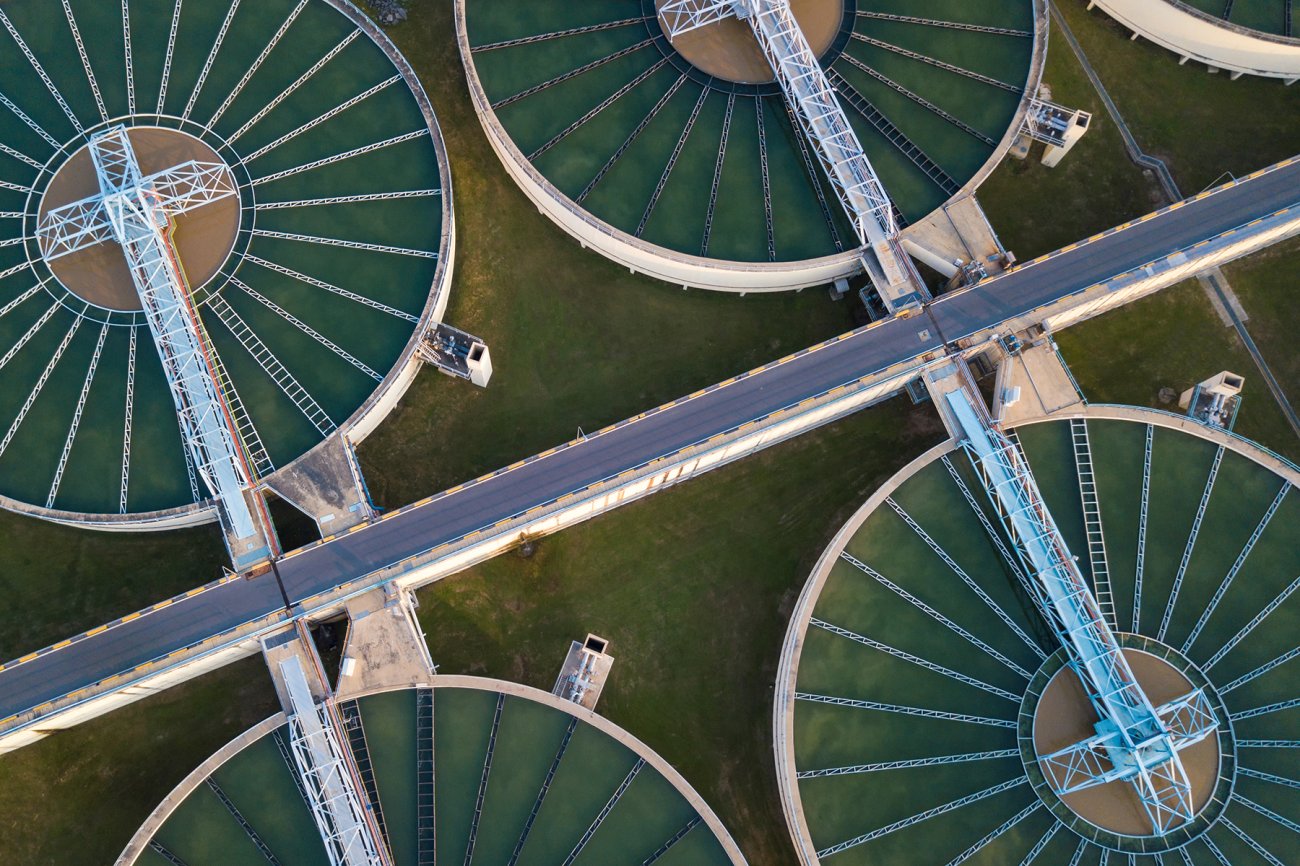The 7-Second Trick For Reclaim Waste
Table of ContentsSome Known Incorrect Statements About Reclaim Waste What Does Reclaim Waste Mean?The Best Strategy To Use For Reclaim WasteAbout Reclaim WasteThe Only Guide for Reclaim Waste
Residential sewage waste refers to the waste and products from a property septic tank. The appropriate management and disposal of residential sewage waste require fluid waste to be moved to a sewage therapy plant where the appropriate methods and equipment are applied to cleanse and dispose of waste.
Industrial waste usually includes possible risks, such as combustible materials or a blend of liquid and solid waste items, and requires a much more innovative and comprehensive disposal procedure. The disposal of commercial waste typically includes the filtration of waste before transportation to guarantee secure and proper disposal. Industrial waste is created from by-products and runoff of commercial procedures and manufacturing.
This kind of waste can not make use of the same sewage administration transportation or processes as septic or industrial fluids. The hazardous waste management process needs the examination and screening of fluid waste prior to it goes through the disposal procedure (liquid waste removal melbourne). Runoff waste is the liquid waste that originates from overflow and excess stormwater in extremely populated areas or cities
Runoff waste can trigger contamination and flooding if not handled appropriately. Find out more about sewage system cleansing and waste management. Ensuring proper waste monitoring can prevent disasters and reduce ecological harm. Both people in residential setups and experts in industrial or production markets can gain from understanding the processes and regulations of fluid waste management.
10 Simple Techniques For Reclaim Waste
Contact PROS Solutions today to discover our waste administration and disposal services and the correct ways to take care of the liquid waste you create.
Do you recognize what occurs to your water when you disengage, purge the commode or drain pipes the washing machine? No? Well, it deserves understanding. This so-called 'wastewater' is not just a crucial resource yet, after therapy, will be launched to our land, waterways or the sea. Made use of water from bathrooms, showers, bathrooms, kitchen area sinks, laundries and commercial processes is called wastewater.

water made use of to cool machinery or clean plant and tools). Stormwater, a kind of wastewater, is runoff that flows from agricultural and city areas such as roofing systems, parks, gardens, roads, courses and seamless gutters into stormwater drains pipes, after rainfall. Stormwater flows neglected directly to regional creeks or rivers, ultimately getting to the ocean.
Our Reclaim Waste Diaries
In Queensland, a lot of wastewater is treated at sewage therapy plants. Wastewater is carried from residential or commercial websites through a system of sewage systems and pump stations, understood as sewerage reticulation, to a sewer treatment plant.
The Department of Natural Resources suggests city governments about handling, operating and maintaining sewage systems and treatment plants. In unsewered locations, local federal governments may need owners to mount individual or household sewage therapy systems to deal with residential wastewater from bathrooms, kitchen areas, shower rooms and laundries. The Department of Natural Resources authorizes using home systems when they are shown to be effective.
The majority of stormwater obtains no treatment. In some new communities, therapy of some stormwater to eliminate clutter, sand and gravel has begun making use of gross contaminant traps. Wastewater therapy happens in four stages: Gets rid of solid issue. Larger solids, such as plastics and various other items wrongly released to sewers, are gotten rid of when wastewater is travelled through screens.
Wastewater then streams right into big containers where solids work out and are gotten rid of as sludge. Grease and residue are skimmed from the surface area. Utilizes little living organisms recognizes as micro-organisms to break down and eliminate remaining liquified wastes and great particles. Micro-organisms and wastes are included in the sludge. Removes nitrogen and phosphorus nutrients that might create algal blooms in our waterways and intimidate aquatic life.
What Does Reclaim Waste Mean?
Nutrient removal is not offered at all sewage treatment plants due to the fact that it calls for expensive specialised equipment. Clear fluid effluent generated after therapy might still consist of disease-causing micro-organisms - liquid waste disposal melbourne.

A lot of wastewater flows right into the sewerage system. Under the Act, local federal governments provide approvals and permits for ecologically appropriate tasks (Periods) including wastewater releases that could have a neighborhood effect.
The Best Guide To Reclaim Waste
Tracking supplies accurate details concerning water quality and can confirm that licence problems are being fulfilled. The details obtained with tracking provides the basis for making water quality decisions.
Comments on “The Greatest Guide To Reclaim Waste”